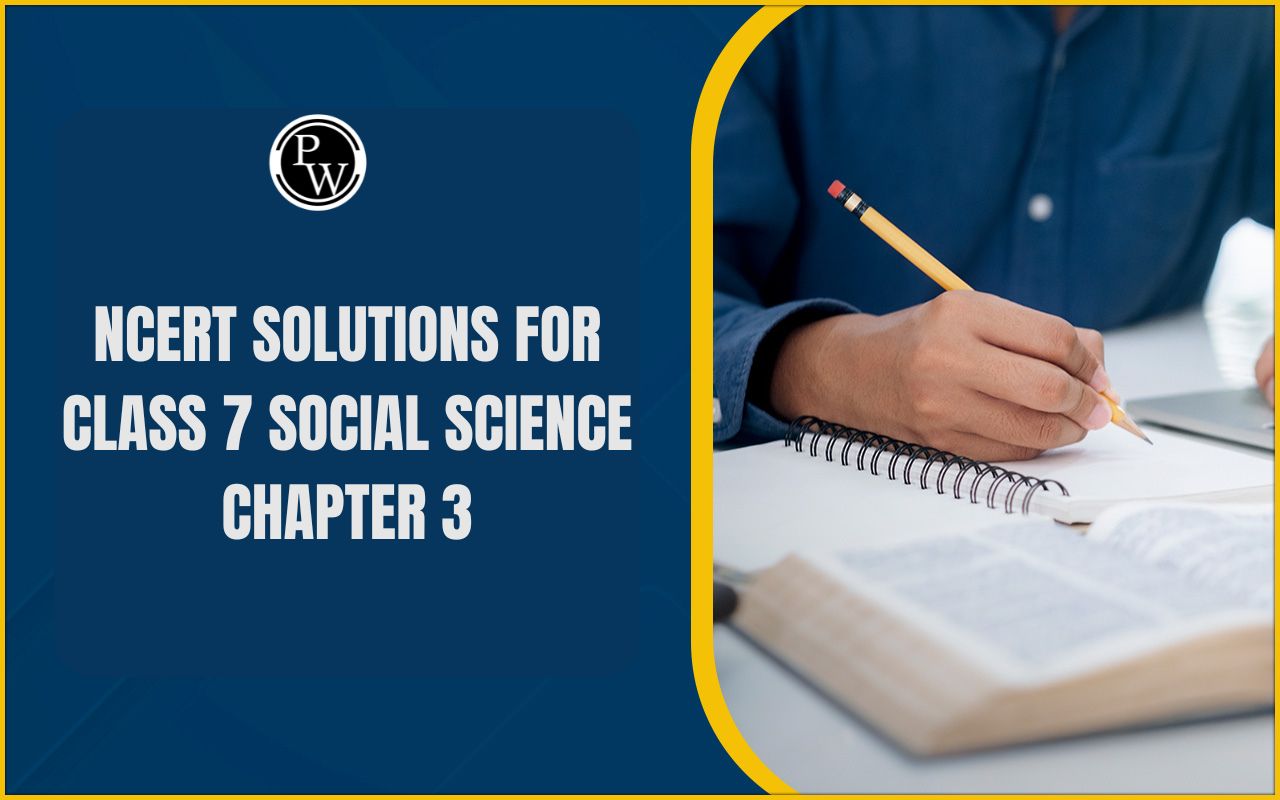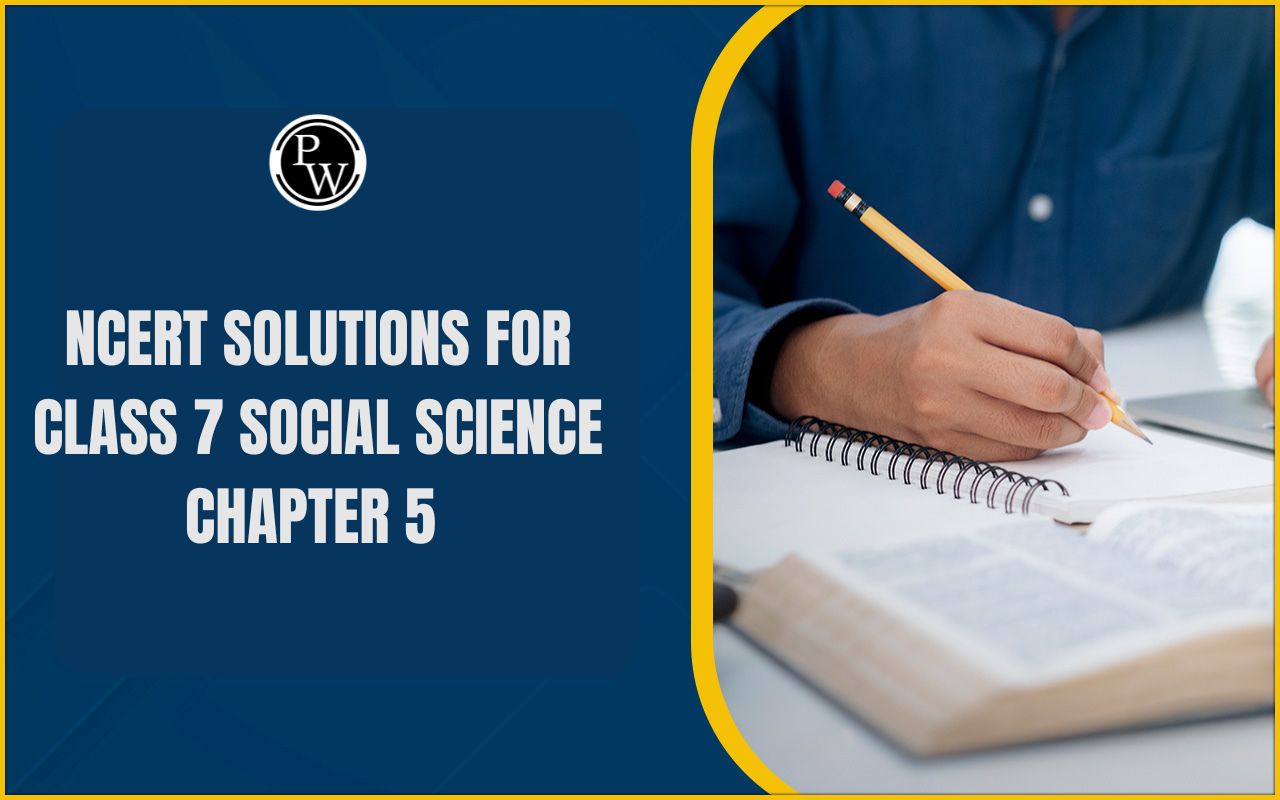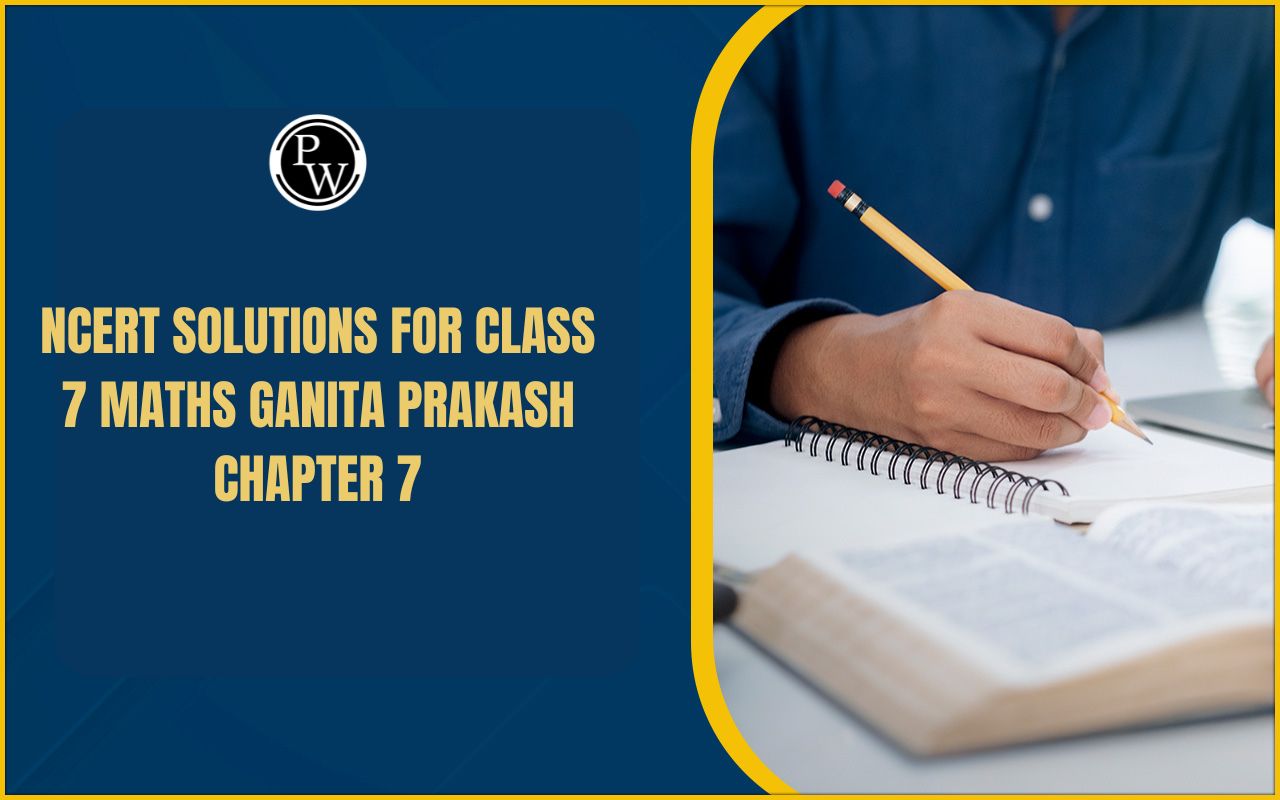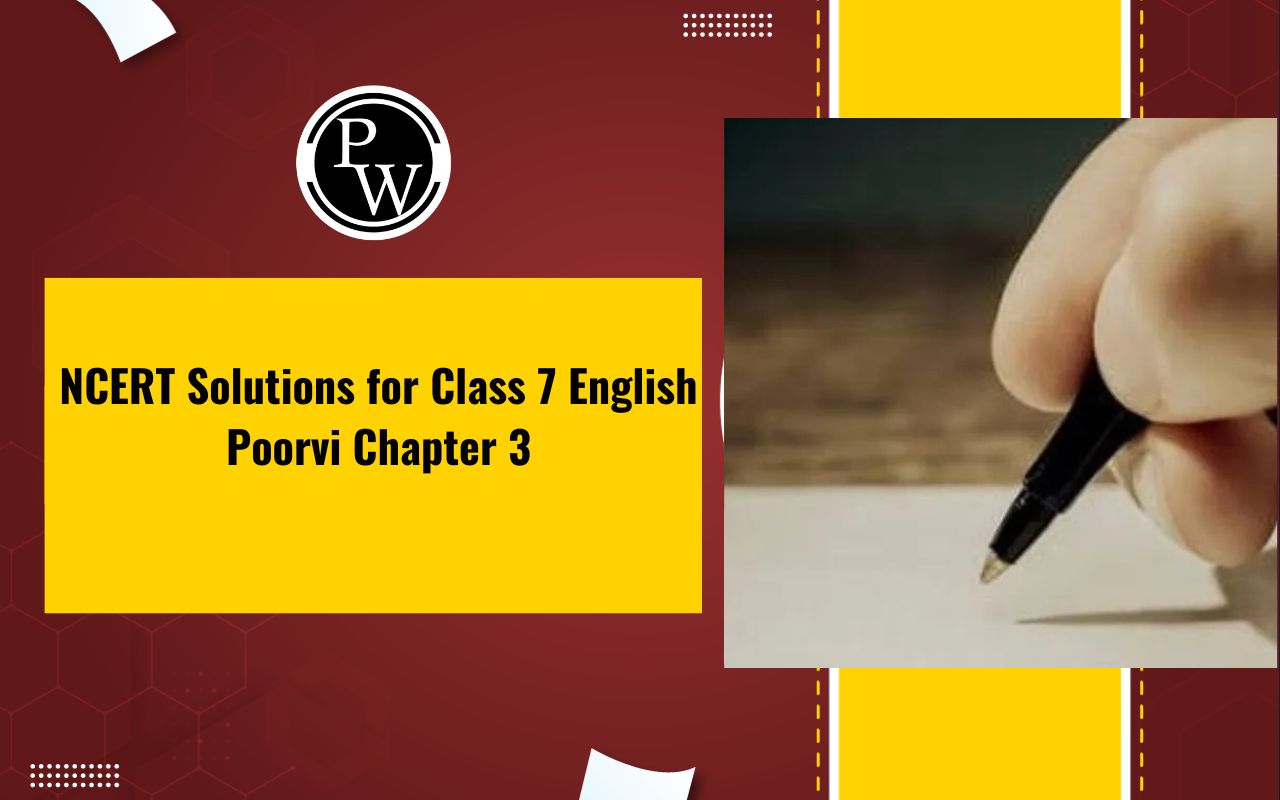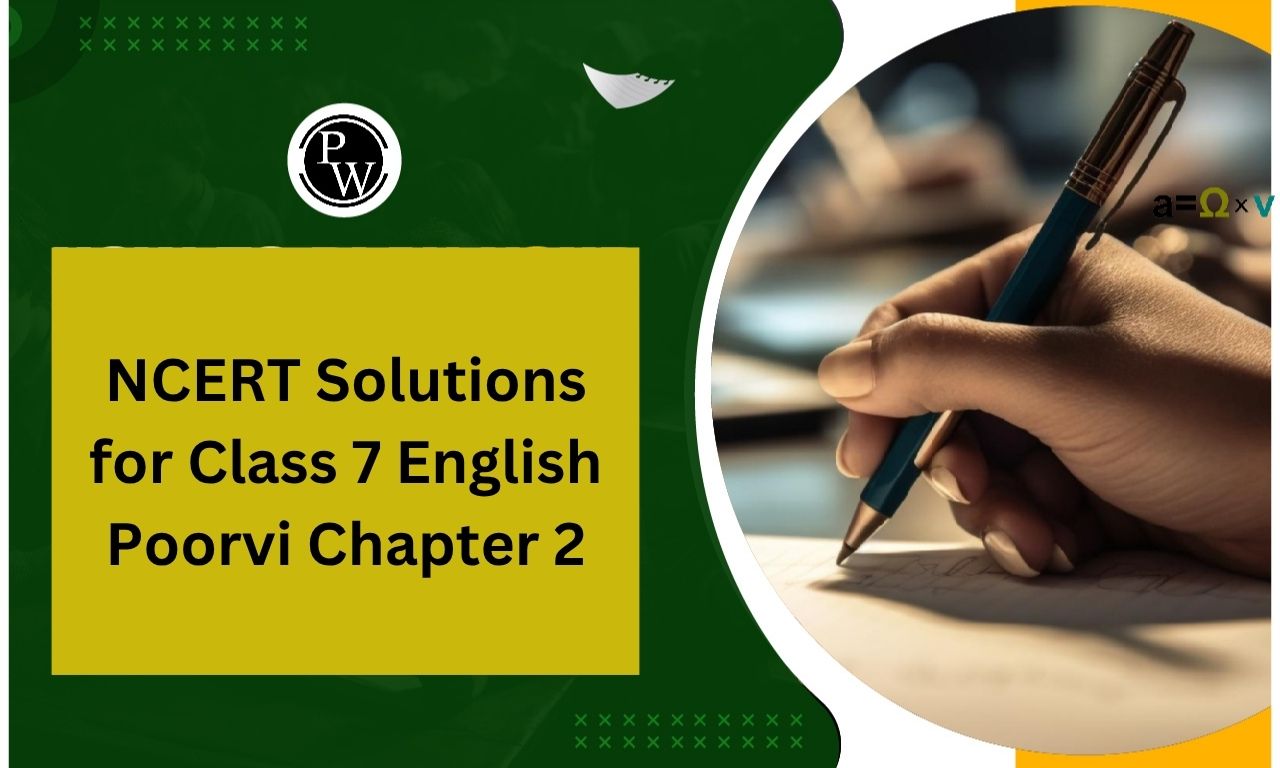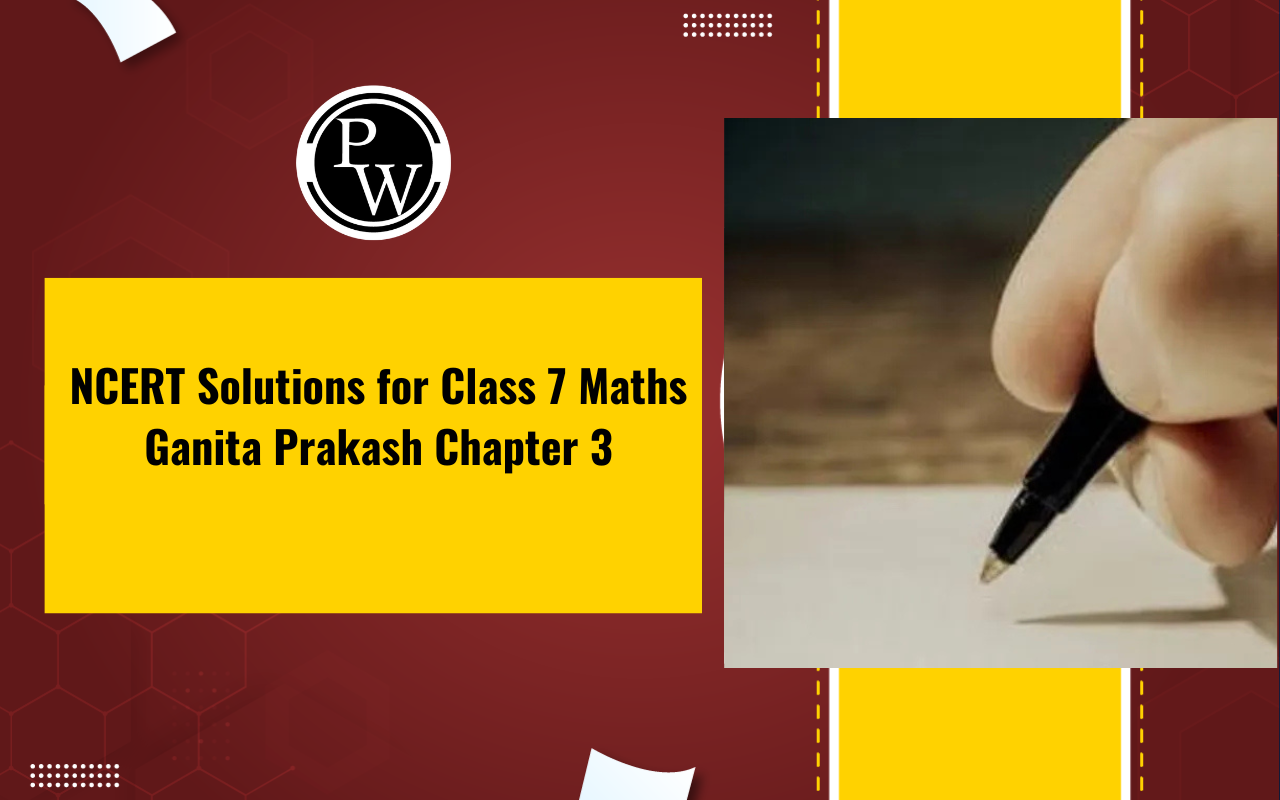
CBSE Class 7 Science Notes Chapter 15: Science in class seven is an interesting subject for young students. For the students, the syllabus's chapters introduce them to new ideas and areas of knowledge. The science syllabus for class 7 includes a chapter on light. It describes the various characteristics of light rays traveling through a medium as well as how they are emitted from a source and move through it.
NCERT Solutions Class 7 Science material 15 Light notes were created by our subject matter experts to make the material easier to understand. These notes are available for free download from here.CBSE Class 7 Science Notes Chapter 15 Overview
NCERT - Class 7 Science Chapter 15 - Light, carefully crafted by knowledgeable teachers here, is your indispensable study partner for a deeper understanding of this topic. These notes simplify the intricacies of "Light" into manageable chunks, facilitating your comprehension of novel ideas and enabling you to answer last-minute queries with ease and speed. You can gain a thorough comprehension of the subject matter and improve your study skills by devoting yourself to these notes.CBSE Class 7 Science Notes Chapter 15 PDF
Here we have provided CBSE Class 7 Science Notes Chapter 15 for the ease of students so that they can just download the pdf and use it easily without the internet. These CBSE Class 7 Science Notes Chapter 15 will help students understand the chapter better.CBSE Class 7 Science Notes Chapter 15 PDF
CBSE Class 7 Science Notes Chapter 15 Light
Here we have provided CBSE Class 7 Science Notes Chapter 15 for the ease of students, so that they can prepare better for their exams.Does light travel in a straight line?
When an object blocks the light source, the light's path becomes obstructed. Attempting to view a candle's flame with a straight pipe and then a bent pipe serves as an example of this. This demonstrates that light moves straight ahead. Based on their interaction with light, objects can be classified as:- Transparent objects allow light to pass through them completely . E.g: glass
- Translucent objects allow light to pass through them partially . E.g: Butter paper
- Opaque objects do not allow any light to pass through them. E.g.: table, book, etc.
Reflection
Light either bounces back or is reflected when it strikes a certain surface. These surfaces have a mirror-like quality and are extremely finely polished. Reflection is the phenomenon when light bounces off surfaces.Laws of reflection
The term "incidence ray" refers to the light beam that strikes a reflecting surface and "reflected ray" refers to the light beam that is reflected. The normal is the imaginary line at the point of incidence that is perpendicular to the reflecting surface. The angle formed by the incident beam and the normal is called the angle of incidence, or ∠i. The angle formed by the reflected ray and the normal is known as the angle of reflection or ∠r. According to the Law of Reflection, ∠i, the angle of incidence, and ∠r, the angle of reflection, are always equal (−i=−r). The plane on which the angle of incidence, angle of reflection, and normal all lieImages
After being reflected by a mirror, light rays from an object usually converge or appear to diverge from a certain point in front of the mirror. At this point, the object's replication is referred to as an image. These pictures are categorized as virtual or genuine pictures. The actual convergence of light beams following reflection creates a true image. On a screen, real images can be seen. The apparent convergence of diverging light rays following reflection is known as a virtual picture. Screen viewing is not possible for virtual images. A plane mirror creates an erect, virtual image that is the same size as the thing. The distance between the object in front of the mirror and the picture behind it is the same.Range of visibility (plane mirrors)
Only when an observer is within a plane mirror's sight range can they see a reflection on it. A plane mirror needs to be at least half the height of the observer for the observer to see his whole image.Lateral inversion
A plane mirror causes lateral inversion, which causes the object's right side to appear as the left side in the image. For this reason, the word "AMBULANCE" is written backward on ambulance trucks so that, when viewed via a mirror, it appears in the proper sequence.Spherical mirrors
A curved or spherical mirror is a type of mirror in which a section of a spherical surface has been carved away. There are two varieties: convex and concave. Concave mirror: This kind of spherical mirror is a concave mirror if the curved mirror's inner surface is reflecting, and its outside is painted. Convex mirror: This kind of spherical mirror is a concave mirror if the inner surface of the curved mirror is painted, and its outer surface is reflecting.Image formation by spherical mirrors
An actual, enlarged, and reversed picture is created by concave mirrors. The picture that forms is virtual and upright when the object is moved very close to the mirror. Doctors and dentists utilize concave mirrors to get closer looks at our teeth, ears, and other structures. Convex mirrors create imaginary, erect images that are diminished—that is, smaller than the size of the thing. Convex mirrors are used in cars for this reason—they provide the driver with a wide field of vision.Lenses
Refraction
Refraction is the term for how light bends as it passes through different materials. The apparent object is what we perceive following refraction. There is a difference of some kind between the perceived and real things.Image formation by lenses
A convex lens creates a true, reduced, and reversed image. The image created is upright, virtual, and magnified when the object is positioned very close to the lens. Another name for them is convergent lenses. Magnifying glasses of this kind are also made from lenses.Dispersion of white light through prism
Despite seeming white, sunlight is composed of seven different hues. This phenomenon is observable when light strikes a compact disc (CD) or passes through a triangular prism. The colors are violet, indigo, blue, green, yellow, orange, and red are among the seven that emerge. These hues can also be found in a rainbow that forms following precipitation. Dispersion is the process of breaking down white light into its constituent hues.Benefits of CBSE Class 7 Science Notes Chapter 15
With our Revision Notes for Class 7 Science Chapter 15 - Light, set out on an illuminating trip. These notes serve as guiding lights, simplifying the magical realm of light so that you can better understand its secrets. Conceptual Summaries: Quickly understand the essence of light and reveal its magic understandably and straightforwardly. Simplified Understanding: Cut through the complexity of light and distill difficult ideas into insights that are simple to grasp. Last-Minute Illumination: Review notes are a useful tool for cramming for exams the night before, as they guarantee you understand the characteristics and actions of light. Improved Memory Retention: Consolidate and reinforce the knowledge you have about light, which is essential for learning. Strategic Test Preparation: Assisting you with chapter-specific important points and advice to make sure you're ready for tests. Time-Efficient Learning: Focus on effectively mastering the intriguing realm of light by saving time by accessing consolidated information. Focused Prioritisation: Have a tailored approach to your study by acknowledging the significance of particular light-related subjects and concerns. Real-World Light Connections: Gain insight into the useful uses of light by examining how abstract ideas relate to actual situations. Luminescence that Boosts Confidence: Go into your tests with confidence, knowing that our notes are a dependable guide on your path to becoming an expert in the luminous topic of light.CBSE Class 7 Science Notes Chapter 15 FAQs
What are the important points of light Class 7?
Light is a form of energy that enables us to see objects when it gets reflected from them. Light can be detected through our eyes. Light travels along a straight line. There are two types of images i.e. real images and virtual images.
What are the phenomena of light and associated?
A light usually goes through multiple processes that include refraction, reflection, dispersion and diffraction. Light is electromagnetic radiation that, when it penetrates the Earth's atmosphere, causes many phenomena such as the formation of rainbows, blue skies, reddish sunsets and white cloud formation.
Why do we need light class 7?
Light is a radiation or a form of energy that our eyes can detect. Light enables us to view our surroundings.
🔥 Trending Blogs
Talk to a counsellorHave doubts? Our support team will be happy to assist you!

Check out these Related Articles
Free Learning Resources
PW Books
Notes (Class 10-12)
PW Study Materials
Notes (Class 6-9)
Ncert Solutions
Govt Exams
Class 6th to 12th Online Courses
Govt Job Exams Courses
UPSC Coaching
Defence Exam Coaching
Gate Exam Coaching
Other Exams
Know about Physics Wallah
Physics Wallah is an Indian edtech platform that provides accessible & comprehensive learning experiences to students from Class 6th to postgraduate level. We also provide extensive NCERT solutions, sample paper, NEET, JEE Mains, BITSAT previous year papers & more such resources to students. Physics Wallah also caters to over 3.5 million registered students and over 78 lakh+ Youtube subscribers with 4.8 rating on its app.
We Stand Out because
We provide students with intensive courses with India’s qualified & experienced faculties & mentors. PW strives to make the learning experience comprehensive and accessible for students of all sections of society. We believe in empowering every single student who couldn't dream of a good career in engineering and medical field earlier.
Our Key Focus Areas
Physics Wallah's main focus is to make the learning experience as economical as possible for all students. With our affordable courses like Lakshya, Udaan and Arjuna and many others, we have been able to provide a platform for lakhs of aspirants. From providing Chemistry, Maths, Physics formula to giving e-books of eminent authors like RD Sharma, RS Aggarwal and Lakhmir Singh, PW focuses on every single student's need for preparation.
What Makes Us Different
Physics Wallah strives to develop a comprehensive pedagogical structure for students, where they get a state-of-the-art learning experience with study material and resources. Apart from catering students preparing for JEE Mains and NEET, PW also provides study material for each state board like Uttar Pradesh, Bihar, and others
Copyright © 2025 Physicswallah Limited All rights reserved.
Get App

